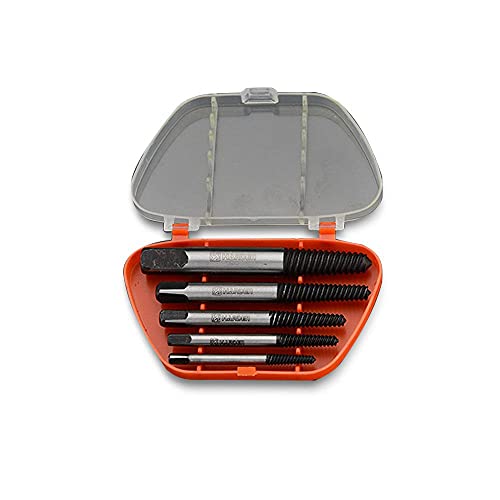I use a 5 gallon plastic paint bucket, the bucket hold a solution of over saturated sodium hydroxide, I soak memory cards fingers removed (or other circuit boards in) to remove the solder mask (green covering over circuit board traces) this also helps to break down the solder so the surface mount chips can be scraped off easily.
I do not heat, just let it sit till done, my buckets are checked periodically to see how they are holding up, acids and caustics and just plain sunlight can make them brittle over a fairly long period of use, all and all these buckets hold up pretty well, I get good use out of them, the sunlight may do more damage in the long run, but also I am sure the acid or caustic will also help to deteriorate them over time.
This caustic soda is reused, when memory cards have loosened chips and the solder mask is loose or bubbled, I pour caustic soda into another 5 gallon pail, allowed to settle, and decanted back into the main bucket for removing solder from surface mount circuits and solder mask, I may add a little more fresh NaOH to keep the solution over saturated.
The memory is rinsed in water (minimum water), this rinse water is settled before using the alkali rinse water to treat other waste solutions to raise the pH of those acid solutions, the memory rinsed in some slightly acidic waste water solution, rinsed, and then scraped to remove chips, loose solder mask, and powered solder traces, then they are put into another 5 Gallon pail, which I add my used copper chloride solution and copper is dissolved from the boards.
This type barrels will work great also for storage, (or cut in half to use as containers to do processing in), they also have these in smaller sizes, you may be able to find some used barrels or containers locally where a local company buy’s chemicals in these.
http://www.bayteccontainers.com/rcwb55.html?utm_source=googlepepla&utm_medium=adwords&id=37814825897&utm_content=pla&gclid=CJGt35DVrLYCFYx_QgodbnAATw













































